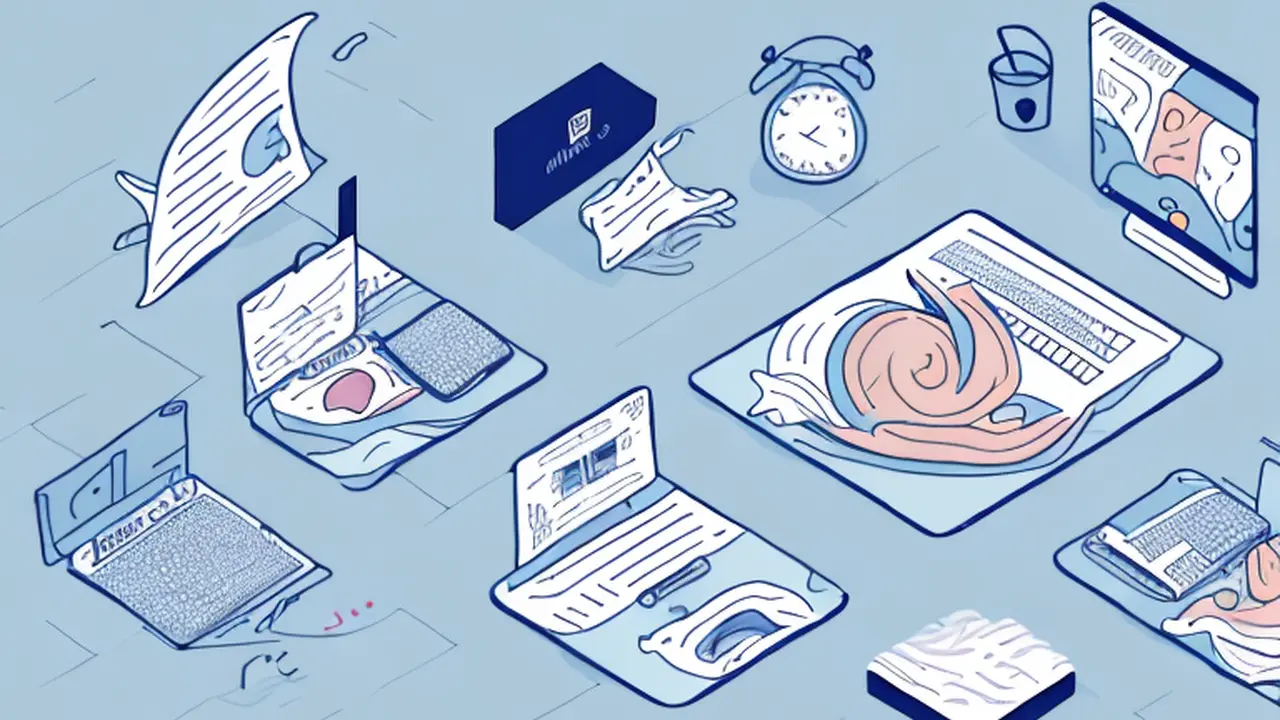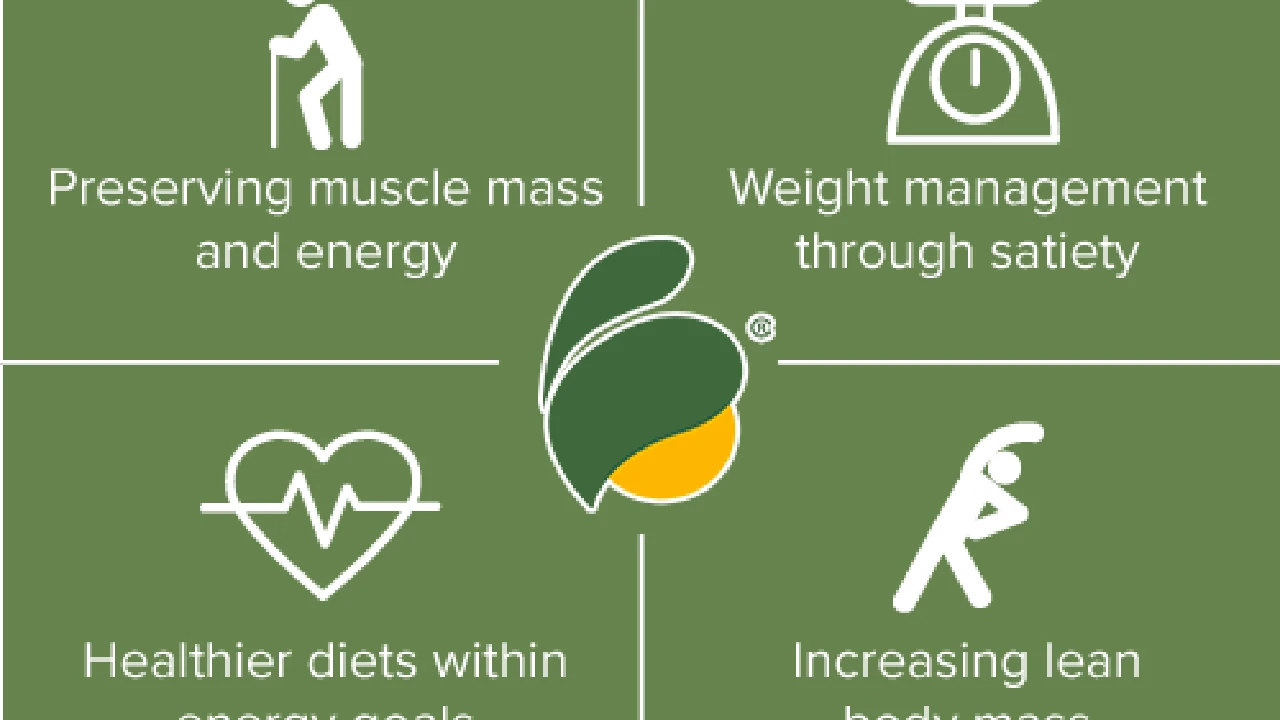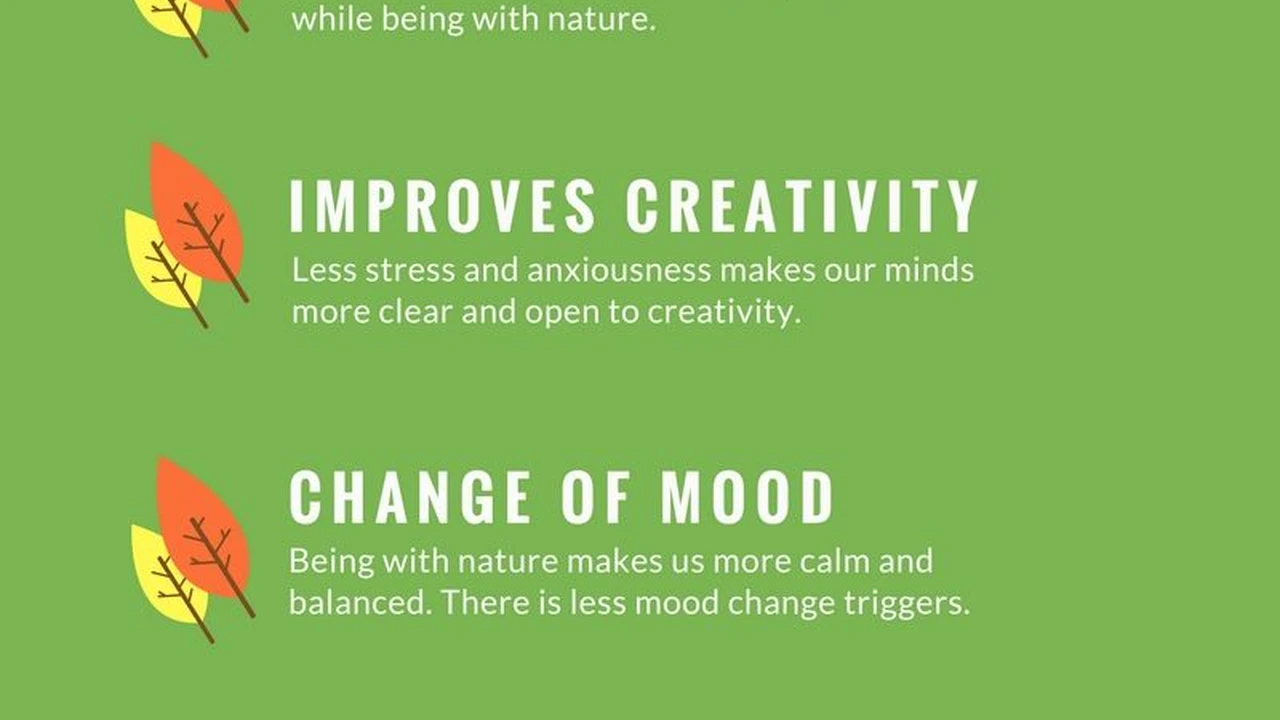Comparing Weighted Blankets vs. Traditional Blankets for Sleep
<div class="article<p class="normal-textMeta Description: Discover 5 effective time management techniques to boost productivity and achieve your goals. Learn simple, accessible strategies for task prioritization, focus enhancement, and efficient scheduling. Improve your efficiency and make the most of your time.

Understanding Time Management and Its Importance
Okay, let's face it, we've all been there. Drowning in a to-do list that seems to grow exponentially overnight. Feeling like there aren't enough hours in the day to accomplish everything. That's where time management comes in. It's not about squeezing more tasks into your already packed schedule; it's about working smarter, not harder. Effective time management is the secret sauce to increased productivity, reduced stress, and a better work-life balance. Think of it as taking control of your day instead of letting your day control you.
Why is it so important? Well, for starters, it helps you prioritize tasks. You can identify what's truly crucial and tackle those first, instead of getting bogged down in less important activities. It also improves your focus. By allocating specific time slots for specific tasks, you're less likely to get distracted and more likely to stay on track. And let's not forget the peace of mind that comes with knowing you're organized and in control. No more last-minute scrambles or missed deadlines. Time management empowers you to achieve more with less effort, leaving you with more time for the things you truly enjoy.
Technique 1: The Pomodoro Technique for Focused Work Sessions
The Pomodoro Technique is a super simple yet powerful method for breaking down work into manageable intervals, separated by short breaks. It’s named after the tomato-shaped kitchen timer used by its creator, Francesco Cirillo. The basic idea is to work for 25 minutes (one "Pomodoro") followed by a 5-minute break. After every four Pomodoros, you take a longer break of 20-30 minutes. This cycle helps maintain focus and prevents burnout.
How to use it? Start by choosing a task you want to work on. Set your timer for 25 minutes and focus solely on that task, eliminating all distractions. When the timer rings, take a 5-minute break. Get up, stretch, grab a drink, or do something completely unrelated to work. After four Pomodoros, take a longer break. This allows your brain to rest and recharge before diving back into work. The Pomodoro Technique is especially effective for tasks that require intense concentration or that you tend to procrastinate on.
Product Recommendation: A simple kitchen timer or a Pomodoro app (like "Focus To-Do" or "Forest") are perfect for this technique. Forest is particularly cool because it gamifies the process by planting a virtual tree that grows while you work. If you leave the app before the timer is up, the tree dies! The price for the premium version of Forest is around $2-5, but plenty of free timers are available too.
Technique 2: Task Prioritization Using the Eisenhower Matrix (Urgent/Important)
The Eisenhower Matrix, also known as the Urgent/Important Matrix, is a brilliant tool for prioritizing tasks based on their urgency and importance. It helps you distinguish between tasks that are genuinely crucial and those that are simply demanding your immediate attention. The matrix divides tasks into four quadrants:
- Quadrant 1: Urgent and Important (Do First): These are crises, deadlines, and problems that require immediate action.
- Quadrant 2: Important but Not Urgent (Schedule): These are activities that contribute to long-term goals, such as planning, relationship building, and exercise.
- Quadrant 3: Urgent but Not Important (Delegate): These are interruptions, meetings, and some emails that can be delegated to others.
- Quadrant 4: Not Urgent and Not Important (Eliminate): These are time-wasting activities, such as social media scrolling and unimportant tasks, that should be eliminated.
To use the Eisenhower Matrix, create a list of all your tasks. Then, assign each task to one of the four quadrants. Focus your energy on Quadrant 1 and Quadrant 2. Delegate or eliminate tasks in Quadrants 3 and 4. This matrix helps you prioritize tasks effectively and ensures you're spending your time on what truly matters.
Product Recommendation: You can easily create an Eisenhower Matrix using a simple spreadsheet program like Google Sheets or Microsoft Excel. Alternatively, there are dedicated task management apps like "Todoist" or "Trello" that allow you to tag tasks with urgency and importance. Trello's pricing starts free, but you'll need to pay for the premium version (around $5-10 per month) for more advanced features.
Technique 3: Time Blocking for Scheduled Productivity
Time blocking is exactly what it sounds like: you block out specific time slots in your day for specific tasks or activities. It's like creating a visual schedule that dictates how you'll spend your time. This technique helps you allocate dedicated time for important tasks, prevent distractions, and ensure you're making progress on your goals.
To use time blocking effectively, start by identifying your most important tasks for the day or week. Then, block out specific time slots in your calendar for each task. Be realistic about how long each task will take and schedule breaks throughout the day. Treat these time blocks as appointments with yourself and stick to them as closely as possible. Time blocking is particularly helpful for tasks that require sustained focus or that you tend to procrastinate on.
Product Recommendation: Google Calendar, Microsoft Outlook Calendar, or any other calendar app are perfect for time blocking. You can color-code your time blocks to visually distinguish between different types of activities. For example, you might use blue for work tasks, green for personal appointments, and yellow for breaks. There are also specialized time-blocking apps like "Clockify" (free) that offer more advanced features like time tracking and reporting.
Technique 4: The Two-Minute Rule to Overcome Procrastination
The Two-Minute Rule, popularized by David Allen in his book "Getting Things Done," is a simple but remarkably effective strategy for overcoming procrastination. The rule states that if a task takes less than two minutes to complete, you should do it immediately rather than postponing it. This helps you clear small tasks from your to-do list quickly and prevents them from accumulating into a larger, more daunting pile.
Examples of tasks that can be completed in two minutes or less include responding to a quick email, filing a document, making a phone call, or putting away a dish. By tackling these small tasks immediately, you'll free up mental space and create a sense of momentum that can motivate you to tackle larger, more complex tasks. The Two-Minute Rule is a great way to break down procrastination and build positive habits.
Product Recommendation: This technique doesn't require any specific tools or apps. It's all about mindset and taking immediate action. However, you can use a simple notepad or a task management app to keep track of small tasks that you can complete in two minutes or less. "Google Tasks" or "Microsoft To Do" are simple and free options.
Technique 5: Batching Similar Tasks for Efficiency
Task batching involves grouping similar tasks together and performing them in a single block of time. This technique reduces context switching, which can be a major time-waster. When you switch between different types of tasks, your brain needs time to re-orient itself, which can lead to decreased efficiency and increased errors.
Examples of tasks that can be batched include responding to emails, making phone calls, writing blog posts, or processing invoices. By grouping these tasks together, you can minimize distractions, maintain focus, and work more efficiently. For example, instead of checking your email every few minutes, you can dedicate a specific time slot each day to process all your emails at once. Task batching can significantly improve your productivity and help you make the most of your time.
Product Recommendation: Again, this technique doesn't necessarily require specific tools. However, a good calendar app (like Google Calendar or Outlook Calendar) can help you schedule your task batches. You can also use a task management app like "Asana" or "Monday.com" to organize your tasks into batches. Asana's pricing starts free for basic use, but you'll need to upgrade to a paid plan (around $10-25 per month) for more advanced features like dependencies and custom fields.
Comparing Time Management Tools: Choosing What Works Best for You
There are tons of time management tools out there, so how do you choose the right one for you? It really depends on your individual needs and preferences. Here's a quick comparison of some popular options:
- Calendar Apps (Google Calendar, Outlook Calendar): Great for scheduling appointments, time blocking, and setting reminders.
- Task Management Apps (Todoist, Trello, Asana, Monday.com): Ideal for creating to-do lists, prioritizing tasks, and collaborating with others.
- Pomodoro Apps (Focus To-Do, Forest): Excellent for focused work sessions and overcoming procrastination.
- Note-Taking Apps (Evernote, OneNote): Useful for capturing ideas, organizing information, and planning projects.
Pricing Comparison: Free options are available for most types of time management tools. However, paid plans often offer more advanced features, such as collaboration, integrations, and reporting. Paid plans typically range from $5 to $30 per month.
The best way to find the right tools is to experiment with different options and see what works best for you. Don't be afraid to try out a few different apps or techniques until you find a combination that helps you stay organized, focused, and productive.
Making Time Management a Habit: Tips and Tricks
Time management isn't a one-time fix; it's a habit that needs to be cultivated over time. Here are a few tips and tricks to help you make time management a part of your daily routine:
- Start Small: Don't try to overhaul your entire schedule overnight. Start with one or two techniques and gradually incorporate more as you become more comfortable.
- Be Realistic: Don't overestimate what you can accomplish in a day. Be realistic about how long tasks will take and schedule breaks throughout the day.
- Eliminate Distractions: Identify your biggest distractions and take steps to minimize them. This might involve turning off notifications, closing unnecessary tabs, or working in a quiet environment.
- Review and Adjust: Regularly review your time management strategies and adjust them as needed. What works for you one week might not work the next.
- Be Kind to Yourself: Don't beat yourself up if you have a bad day. Everyone struggles with time management from time to time. Just pick yourself up and try again tomorrow.
Remember, effective time management is a journey, not a destination. With practice and persistence, you can develop the skills and habits you need to take control of your time and achieve your goals.
:max_bytes(150000):strip_icc()/277019-baked-pork-chops-with-cream-of-mushroom-soup-DDMFS-beauty-4x3-BG-7505-5762b731cf30447d9cbbbbbf387beafa.jpg)






